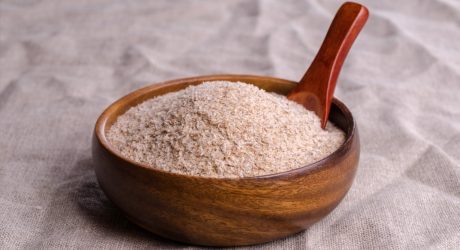Whole plasmid sequencing refers to a long-read technique for sequencing that reads the DNA in plasmids. Since this sequencing uses a technology called Nanopore, it simultaneously sequences many fragments of DNA, making it easy to characterize full plasmids quickly.
Sanger sequencing, in comparison, is another common plasmid sequencing method. The method uses primers so as to sequence small DNA fragments and then piece them together into several longer sequences.
However, Sanger sequencing doesn’t analyze the whole plasmid. The plasmids’ size makes Sanger an unreasonable technique for sequencing full plasmids. Instead, it concentrates on inserting regions of a plasmid. This is ineffective for identifying structural issues in plasmids or when it comes to comparing plasmid’s content to reference samples.
How Whole Plasmid Sequencing Works?
Researchers and laboratories use Nanopore technology to obtain long sequences of a few kilobases. Experts say that whole plasmid sequencing is a very powerful technique for analyzing and characterizing plasmids. These plasmids are circular and small DNA pieces that independently replicate the genome.
Why Whole Plasmid Sequencing Is Important?
With this type of plasmid sequencing, research has gone beyond what is possible for other techniques, like Sanger sequencing. Instead of examining specific and small areas of plasmids, get a full picture through whole plasmid sequencing. This, in turn, has opened many doors to research opportunities and additional insights, including:
- Versatility – The sequencing method is suitable for various types of samples, including degraded and low-quality DNA. This makes it a very versatile method for analyzing plasmids.
- High resolution – Uses high-resolution data that allows researchers and laboratories to correctly characterise and identify subtle differences in a plasmid sequence.
- High throughput – Allows for high throughput of several samples, making it suitable for large-scale projects and studies.
- High accuracy – Has a high rate of accuracy, making it ideal for various applications, like identifying generic mutations, quality control, and plasmid engineering.
Preparation
During preparation, you will need 2000 ng huge plasmids, 1000 ng big plasmids, or 300 ng standard plasmids of double and single-stranded DNA.
Normally, samples of plasmids are sequenced without a primer, so you should avoid shipping primers with samples or one mixed in your samples.
Applications
With its benefits, whole plasmid sequencing has become indispensable, especially for molecular engineering and synthetic biology applications. Some of the common applications include the following:
- Data sharing – Sharing data makes it easy to collaborate on various projects and share completely annotated and sequenced plasmids.
- Strain optimization – To achieve a desired microbial production property, laboratories can tune and adjust plasmids through repeated sequencing.
- Functional characterization – By assessing the whole construct, it would be possible to learn how some engineered parts interact and work as systems.
- Construct verification – This type of plasmid sequencing affirms that constructs of plasmids include desired DNA elements, like regulatory sites, genes, and promoters. This reveals problems and guarantees quality.
Final Touches
Whole plasmid sequencing has been designed to allow laboratories and researchers to identify every generic change behind the adaptation of bacterial plasmids to new habitats or hosts. By monitoring the plasmid’s sequence, you will ensure the progress of your research and even accelerate downstream applications.
Read Also:




























